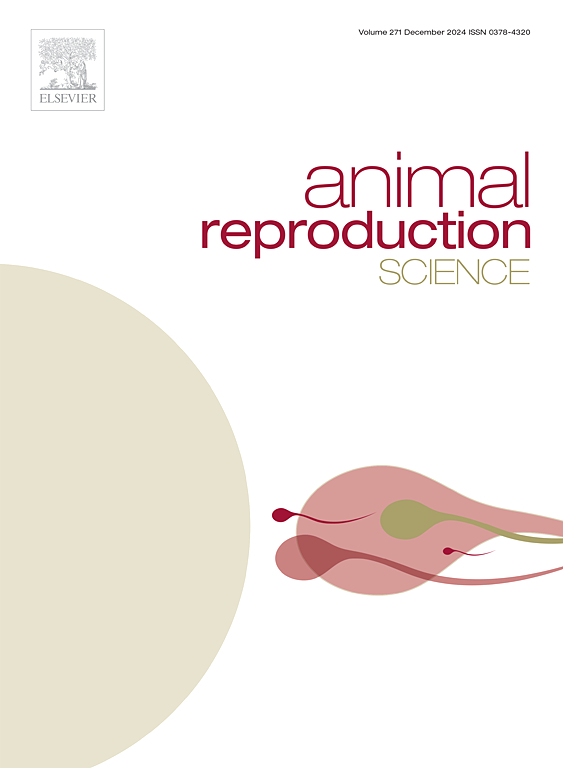人工智能与猪育种
IF 3.3
2区 农林科学
Q1 AGRICULTURE, DAIRY & ANIMAL SCIENCE
引用次数: 0
摘要
家畜管理正在进入一个新时代,其特点是从传统饲养方法以及传感器、自动监控系统和高级分析等新技术中收集的大量数据(大数据)进行分析。人工智能(A-In)是指机器模仿人类智能的能力,包括机器学习和深度学习等子领域,它在这场变革中发挥着举足轻重的作用。各种 A-In 技术已成功应用于各种工业和科学领域,现在正被纳入主流畜牧业管理实践中。就养猪业而言,虽然传统方法取得了相当大的成功,但由于信息量不断增加,需要采用 A-In 等新技术来提高生产率、改善动物福利并减少对环境的影响。目前的研究结果表明,这些技术有可能达到或超过传统方法的性能,通常在育种行业的效率和可持续性方面更具可扩展性。本综述从母猪(包括福利和繁殖管理)和公猪(包括精液质量和健康)的角度深入分析了A-In在猪育种中的应用,并探讨了已在其他物种中应用的新方法。本文章由计算机程序翻译,如有差异,请以英文原文为准。
Artificial intelligence and porcine breeding
Livestock management is evolving into a new era, characterized by the analysis of vast quantities of data (Big Data) collected from both traditional breeding methods and new technologies such as sensors, automated monitoring system, and advanced analytics. Artificial intelligence (A-In), which refers to the capability of machines to mimic human intelligence, including subfields like machine learning and deep learning, is playing a pivotal role in this transformation. A wide array of A-In techniques, successfully employed in various industrial and scientific contexts, are now being integrated into mainstream livestock management practices. In the case of swine breeding, while traditional methods have yielded considerable success, the increasing amount of information requires the adoption of new technologies such as A-In to drive productivity, enhance animal welfare, and reduce environmental impact. Current findings suggest that these techniques have the potential to match or exceed the performance of traditional methods, often being more scalable in terms of efficiency and sustainability within the breeding industry. This review provides insights into the application of A-In in porcine breeding, from the perspectives of both sows (including welfare and reproductive management) and boars (including semen quality and health), and explores new approaches which are already being applied in other species.
求助全文
通过发布文献求助,成功后即可免费获取论文全文。
去求助
来源期刊

Animal Reproduction Science
农林科学-奶制品与动物科学
CiteScore
4.50
自引率
9.10%
发文量
136
审稿时长
54 days
期刊介绍:
Animal Reproduction Science publishes results from studies relating to reproduction and fertility in animals. This includes both fundamental research and applied studies, including management practices that increase our understanding of the biology and manipulation of reproduction. Manuscripts should go into depth in the mechanisms involved in the research reported, rather than a give a mere description of findings. The focus is on animals that are useful to humans including food- and fibre-producing; companion/recreational; captive; and endangered species including zoo animals, but excluding laboratory animals unless the results of the study provide new information that impacts the basic understanding of the biology or manipulation of reproduction.
The journal''s scope includes the study of reproductive physiology and endocrinology, reproductive cycles, natural and artificial control of reproduction, preservation and use of gametes and embryos, pregnancy and parturition, infertility and sterility, diagnostic and therapeutic techniques.
The Editorial Board of Animal Reproduction Science has decided not to publish papers in which there is an exclusive examination of the in vitro development of oocytes and embryos; however, there will be consideration of papers that include in vitro studies where the source of the oocytes and/or development of the embryos beyond the blastocyst stage is part of the experimental design.
 求助内容:
求助内容: 应助结果提醒方式:
应助结果提醒方式:


